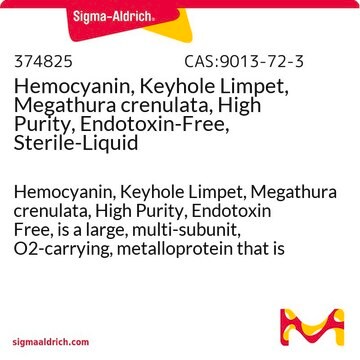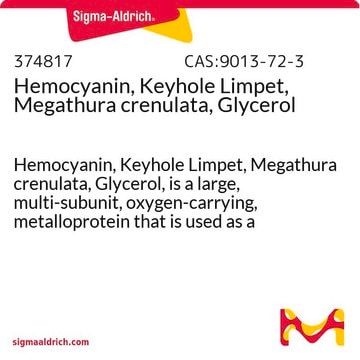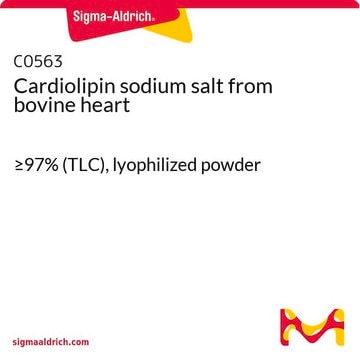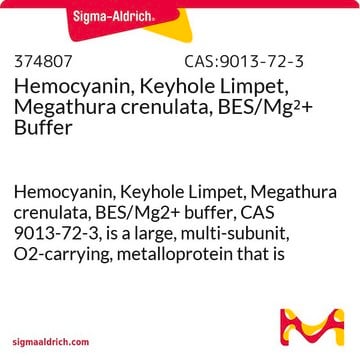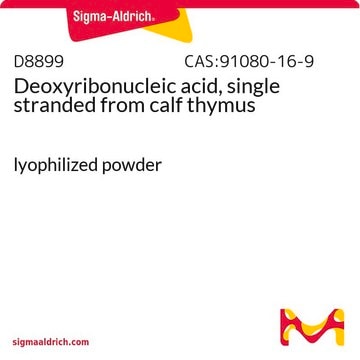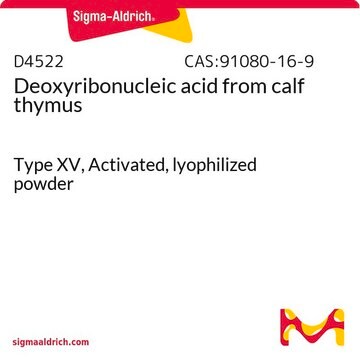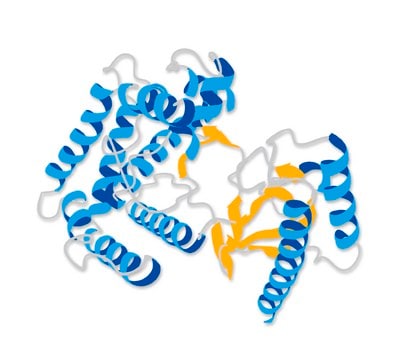As listed in the 'DESCRIPTION' section of the Product Detail Page, this product is a solution in PBS, pH 7.2, containing 1 mM CaCl2 and 0.5 mM MgCl2 with 15 mM sodium azide as a preservative. Unfortunately, this product is not tested for contaminants.
H8283
Hemocyanin from Megathura crenulata (keyhole limpet)
PBS solution
Sinónimos:
KLH, Keyhole limpet hemocyanin
Seleccione un Tamaño
206,00 €
Seleccione un Tamaño
About This Item
206,00 €
Productos recomendados
origen biológico
Megathura crenulata
Nivel de calidad
Formulario
PBS solution
concentración
3.0-7.0 mg/mL protein (A280)
contenido de cobre
0.10-0.30% (based on protein)
técnicas
ELISA: suitable
temp. de almacenamiento
2-8°C
¿Está buscando productos similares? Visita Guía de comparación de productos
Descripción general
Aplicación
Hemocyanin was used to study if antipeptide antibodies specifically recognize the l1 protein of the human papilloma virus of type 31.[2] It was also used to study the acid-induced unfolding of didecameric keyhole limpet hemocyanin. [3]
Forma física
Nota de preparación
Código de clase de almacenamiento
10 - Combustible liquids
Clase de riesgo para el agua (WGK)
WGK 3
Punto de inflamabilidad (°F)
Not applicable
Punto de inflamabilidad (°C)
Not applicable
Elija entre una de las versiones más recientes:
Certificados de análisis (COA)
¿No ve la versión correcta?
Si necesita una versión concreta, puede buscar un certificado específico por el número de lote.
¿Ya tiene este producto?
Encuentre la documentación para los productos que ha comprado recientemente en la Biblioteca de documentos.
Los clientes también vieron
-
Are there any contaminants (for example IgG, IgM) in H8283?
1 respuesta-
¿Le ha resultado útil?
-
Filtros activos
Nuestro equipo de científicos tiene experiencia en todas las áreas de investigación: Ciencias de la vida, Ciencia de los materiales, Síntesis química, Cromatografía, Analítica y muchas otras.
Póngase en contacto con el Servicio técnico
